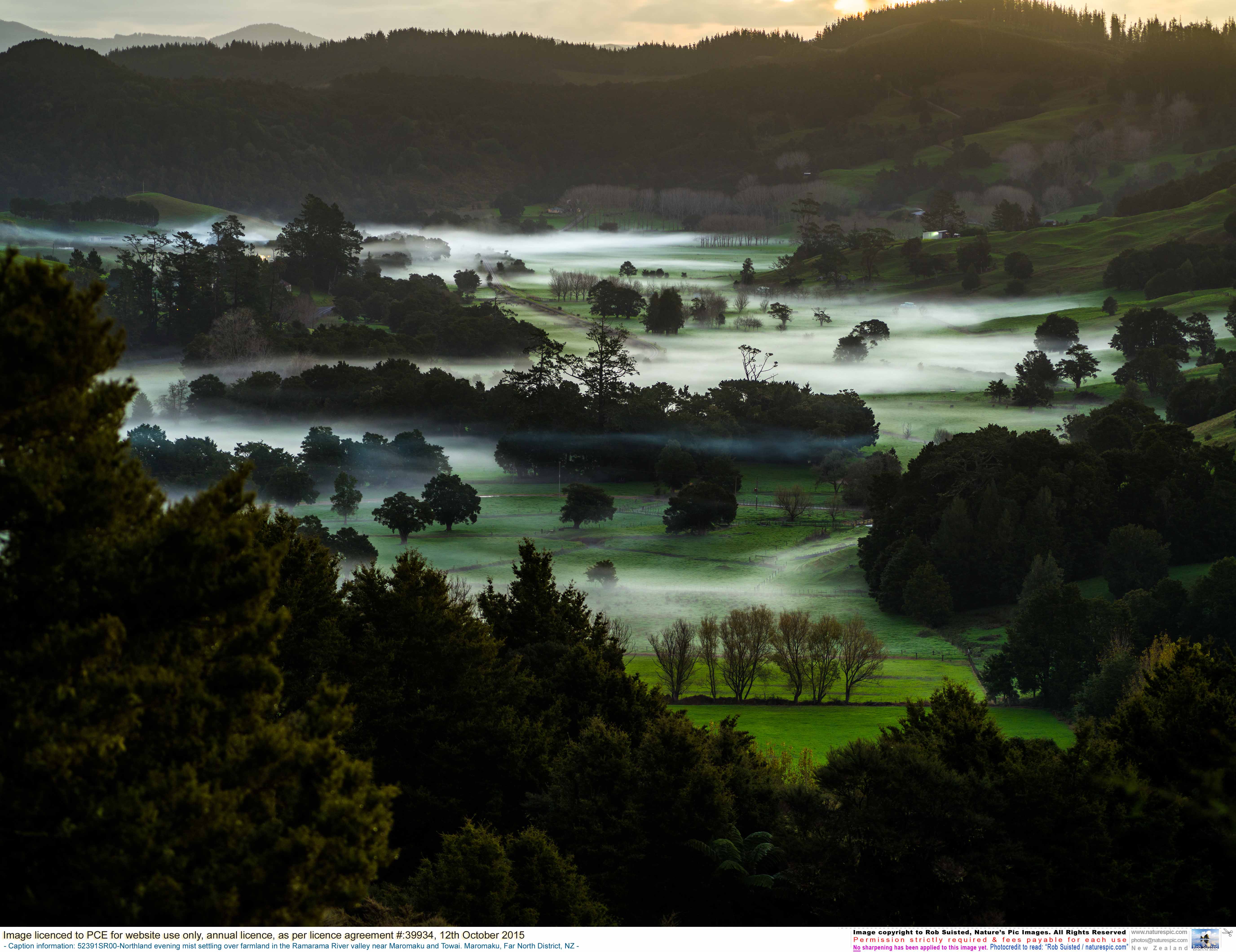Current work
-
We are currently working on a significant body of investigations across a range of environmental issues.
Technologies to unlock environmental information
A lack of, or inaccessible, environmental information is impeding better environmental management and adding costs to the system. This problem seems to be greater for environmental information than for economic and social data due to a fragmented system where environmental information is collected by a wide range of public and private organisations, each with its own functions, priorities and methodologies. The project will investigate how technological advances (including data processing, sensor technology and artificial intelligence) could make it easier and cheaper to bring together existing environmental data in the hands of disparate entities, make the data more accessible and secure, and fill the many gaps that exist.
Marine biosecurity
Invasive species in the marine environment can pose huge risks to our fisheries, aquaculture and native marine biodiversity, yet they are often unseen until it is too late. Managing pests on land is hard; doing so underwater is much harder and more expensive. This project will look at how our biosecurity system functions and fails us and how it could become better at identifying and managing marine invasive species.
Resource efficiency of the New Zealand economy
Improving environmental outcomes and maintaining lifestyles requires us to make more efficient use of resources and choose those with the least environmentally damaging extraction and disposal. How big a challenge would it be to have a circular or zero waste economy? What will be the resource demands of transitioning to a low emissions economy? What will be the impacts of continued economic and population growth on our environmental footprint? Even beginning to consider how we might answer these questions requires a good understanding of what materials we are extracting and importing, and what the ultimate environmental fate is of the resources embedded in them. This project will examine how we can use the world’s resources in a more environmentally sustainable way.
Annual estimate of environmental expenditure
The traditional way of displaying the Government’s financial accounts by department (or Vote) is not useful to understand how much a government is spending on specific environmental outcomes. That is because the actions needed to achieve the outcomes are spread across departments. Since 2022, PCE has mapped annual government expenditure to six enduring environmental outcomes. This information is provided to members of parliament and others to better scrutinise public spending on the environment. PCE plans to continue this work until such reporting is taken up by the Government.
Advice to Parliament
Throughout the year the Commissioner provides advice to select committees on environmental bills. He also makes submissions on proposed environmental policies and regulations.


